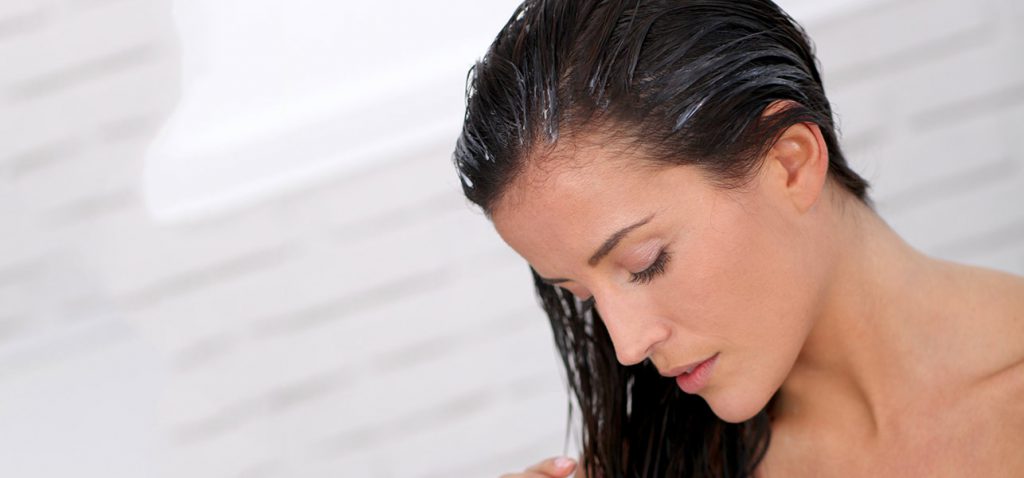Whenever hair loses its natural smoothness, softness and elasticity, hair oiling is a good solution. We should draw inspiration from nature. All hair types have great potential, but you have to know how to make the best of it.

Hair oiling is a care treatment known for many centuries, but for some time forgotten and replaced with innovative solutions. It is currently experiencing his second youth. The popularity of natural oils in hair care is enormous and most women already know what hair oiling is. We test different methods and oils to choose the perfect configuration for ourselves. However, we still do not know exactly what to expect from oils.
What are the benefits of hair oiling?
Properly selected oil and the right method of oiling are the way to solve any problem with your hair. If your hair is dull and frizzy, hair oiling will restore its healthy glow, softness and smoothness. If it is weakened and falls out excessively, natural oils strengthen the bulbs and inhibit thinning. If we have a problem with dandruff, a good hair oil will normalize the scalp, prevent seborrhea and minimize irritation.
All things considered, hair oiling provides everything that he hair is currently lacking. It is a natural and effective replacement for many other cosmetics that (if it were not for oils) would have to be used alternately or simultaneously. And that could be problematic.
Natural hair oils are an alternative for:
– good hair conditioner,
– intensive hair masks,
– hair growth ampules,
– a protective serum for hair ends,
– scalp lotion,
– hair styling cosmetics.
The biggest advantage of natural hair oils is the fact that they can be used both as an intensive treatment and a light beautifying cosmetic. You just have to remember that their effects depend on the method we use. The oils will penetrate deeper and work stronger if we apply them to wet hair or perform hot oil treatment. Used in a small amount and massaged into the ends, they will protect the hair, add shine and facilitate, for example, combing.
The last advice: hair oils should be matched to the hair structure, and specifically to its porosity. Then, they work more effectively because their molecules are better matched.




